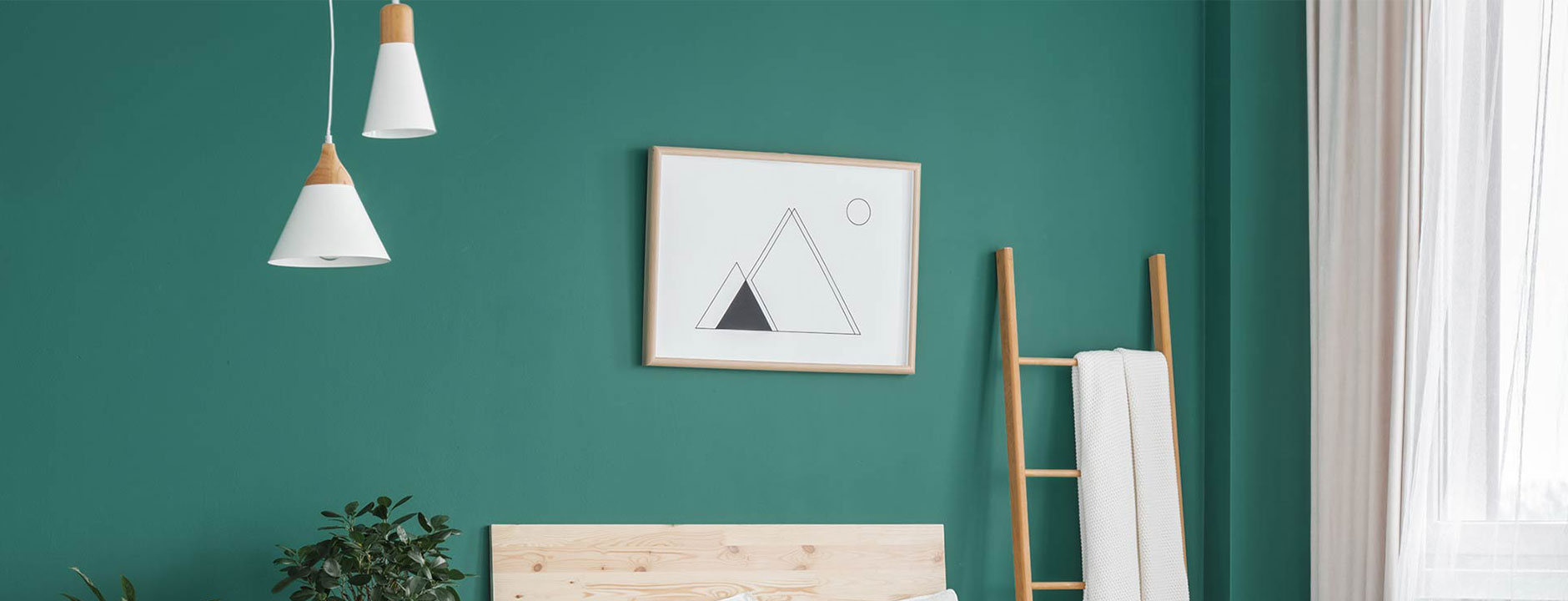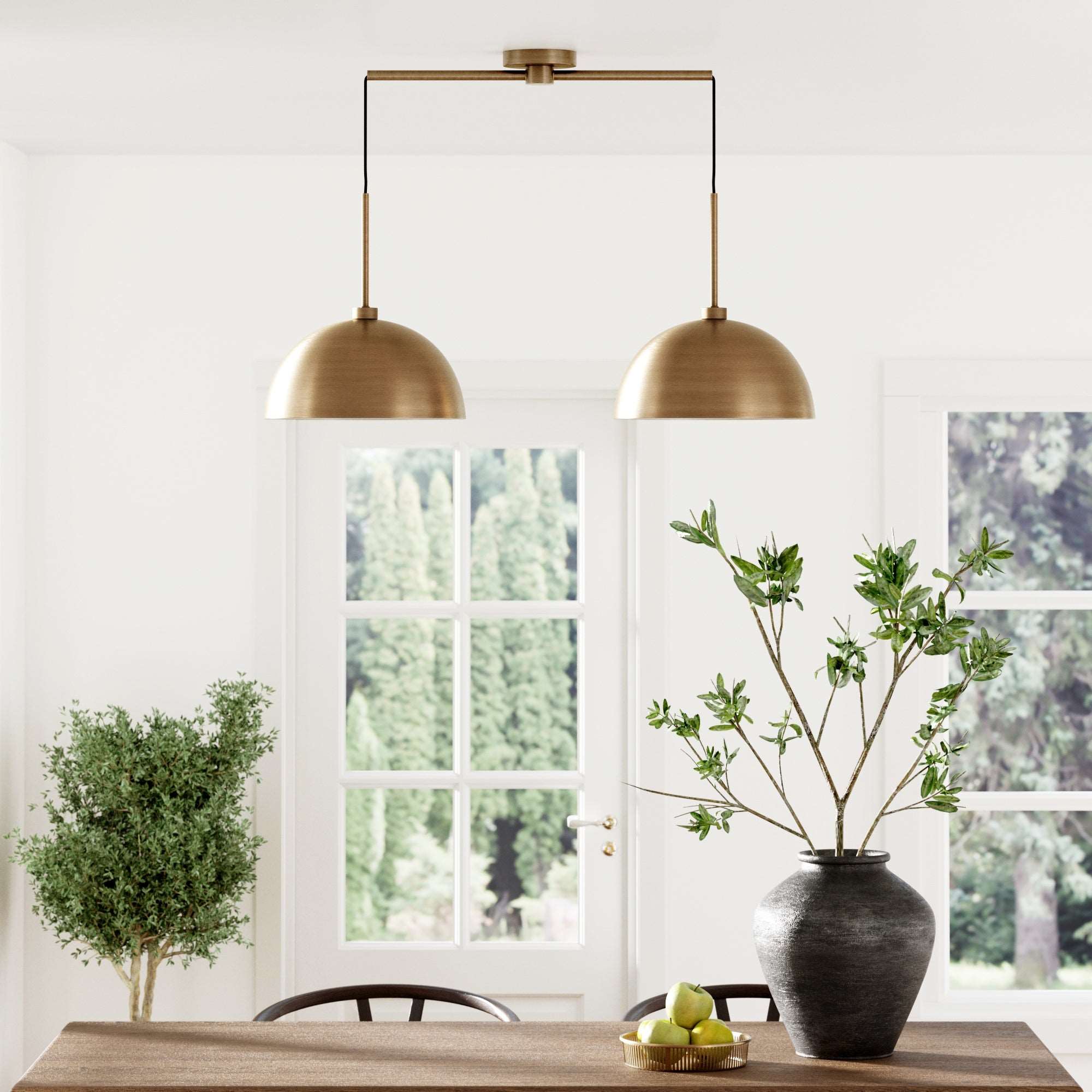How to Save Energy With a Pendant Light and LED Bulbs
Exactly how to Choose the Perfect Pendant Light to Improve Your Interior Style
Selecting the perfect Pendant light requires careful factor to consider of different elements. The style should align with the total decoration, while dimension plays an essential function in guaranteeing appropriate percentage. Color and finish alternatives can boost aesthetic allure. In addition, examining light outcome is essential for performance - Pendant Light. Comprehending these aspects can transform a space, producing a welcoming atmosphere. The procedure involves even more than simply looks; there are practicalities that need to likewise be addressed.
Comprehending Various Pendant Light Styles
Pendant lights come in a range of styles, each offering unique visual and practical advantages. From commercial layouts that feature subjected light bulbs and metal coatings to sophisticated glass fixtures that evoke a sense of elegance, the options are huge. Contemporary Pendant lights commonly emphasize minimalist shapes and clean lines, while vintage-inspired designs might incorporate detailed describing and cozy tones.
For those looking for a rustic appeal, components made from all-natural materials like wood or rattan supply a comfy feeling. In addition, multi-light pendants can act as declaration pieces, integrating a number of bulbs in a solitary layout for significant effect.
Each design contributes in different ways to an area, influencing the total atmosphere and personality. Recognizing these diverse Pendant light styles enables house owners and developers to make enlightened choices that straighten with their interior layout vision, boosting both performance and visual allure in their settings.
Establishing the Right Dimension for Your Space
When picking a pendant light, properly gauging the ceiling elevation is essential for attaining the right equilibrium in an area. Additionally, computing the range of the fixture in relation to the surrounding space assurances that the light complements instead of bewilders the design. These variables play a crucial duty in creating an unified interior atmosphere.
Step Ceiling Height
To achieve a cosmetically pleasing layout, determining ceiling elevation is essential for choosing the suitable size of Pendant light. The elevation of the ceiling directly affects the range and percentage of the lighting component. In areas with conventional eight-foot ceilings, Pendant lights should normally hang around 30 to 36 inches over the surface area below, such as an eating table or cooking area island. For greater ceilings, adjustments need to be made as necessary, as a higher installation can create a more significant effect. It is very important to assess the total room measurements and layout when identifying the optimal elevation. Precise dimensions aid assure that the Pendant light not just enhances the area's design yet also provides sufficient lighting without frustrating the space.
Determine Component Range
Choosing the right size for an illumination component is vital for developing consistency in an area's layout. To determine component range, one should consider the measurements of the space. A typical guideline includes including the area's length and width in feet, which gives an excellent size in inches for a pendant light. As an example, a room gauging 10 feet by 12 feet suggests a component diameter of about 22 inches. In addition, the elevation of the ceiling plays a vital role; taller ceilings might fit bigger components. Guaranteeing the Pendant hangs at an ideal height-- generally 30 to 36 inches over surfaces-- additional improves performance and visual charm. Effectively scaled components can change a space, making it feel inviting and well-coordinated.
Taking Into Consideration Shade and End Up Options
When picking a necklace light, the interaction of color and surface can considerably affect the total aesthetic of an area. Coordinating the light's shade combination with existing style ensures an unified layout, while the option of surface material can enhance structure and design. Thoughtful consideration of these aspects is important for accomplishing a cohesive appearance in interior decoration.
Color Palette Coordination
Shade scheme sychronisation plays an essential duty in achieving an unified interior design, specifically when choosing pendant lights. Choosing a pendant light that matches the existing color design boosts the general visual. A light with warm tones can produce a relaxing ambience in an area filled up with earthy colors, while cooler tones may integrate successfully with a modern, minimal combination. It is important to take into consideration the dominant shades in the room, guaranteeing that the Pendant light either mixes flawlessly or gives a striking contrast. Additionally, incorporating accent shades from the palette can tie the style together, producing a natural look. Eventually, thoughtful color sychronisation elevates the aesthetic influence of the Pendant light within the interior decoration scheme.
End Up Product Considerations

The choice of surface products for Pendant lights greatly influences the total layout visual of an area. Different surfaces, such as matte, shiny, or textured, can produce varying aesthetic impacts. For example, a refined metal coating may evoke a modern-day, commercial environment, while a matte or brushed finish can lend a softer, much more organic feel. Color choices, ranging from classic blacks and whites to vibrant shades, likewise play a crucial role in integrating with existing decoration. In addition, materials such as glass, wood, or ceramic can enhance the Pendant's character and complement surrounding elements. Ultimately, choosing the appropriate surface product guarantees the Pendant light click to read not just brightens but additionally boosts the space's style story.
Assessing Light Result and Functionality
Light output and capability are essential consider choosing the excellent Pendant light for any type of room. Evaluating the brightness of a pendant light includes comprehending lumens, which measure the complete light given off. A higher lumen count typically shows a brighter light, important for tasks such as analysis or food preparation. In addition, the color temperature level, determined in Kelvin, affects the atmosphere; warmer tones develop a comfortable ambience, while cooler tones promote performance.
Capability expands beyond illumination to include the fixture's style and placement. Adjustable pendants can give versatile illumination for various tasks, while taken care of options include a statement to the design. Additionally, thinking about the elevation at which the Pendant will hang is important, as it influences both light circulation and security. Ultimately, a well-assessed light outcome and capability will ensure that the picked Pendant light satisfies both visual and practical needs in the designated room.
Matching Pendant Lighting With Your Interior Decoration Theme
Exactly how can one assure that Pendant lights improve the general interior decoration style of a space? The vital lies in selecting fixtures that reverberate with the recognized aesthetic. For instance, in a minimalist setup, straightforward and smooth styles in neutral shades can produce a cohesive look. On the other hand, a vintage-themed space may profit from ornate Pendant lights, featuring intricate styles or cozy tones that stimulate fond memories.
Furthermore, thinking about the material and surface of the Pendant light is necessary. Metals like brass or copper can add a touch of elegance to a modern room, while wood components may complement rustic insides.
Shade consistency additionally plays a considerable function; picking shades that align with the area's scheme warranties that the illumination feels integrated instead of out of place. Eventually, the best Pendant lights should not only illuminate yet likewise function as a stylistic expansion of the overall design, enhancing the setting and character of the area.
Installment and Positioning Tips for Maximum Influence

In bigger areas, take into consideration utilizing bigger necklaces or clusters to site stop them from feeling lost in the space. For an open-concept design, straightening the pendants with other design components, like counter tops or furniture lines, cultivates communication. Additionally, dimmer switches can improve adaptability, enabling adjustable ambiance. Eventually, thoughtful installment and placement of Pendant lights can transform the aesthetics and performance of any kind of indoor style.
Regularly Asked Questions
What Are the very best Products for Pendant Lights?
The best materials for Pendant lights include glass for style, steel for toughness, and material for heat. Each product offers distinct visual appeals, permitting designers to create versatile lighting remedies that improve numerous indoor designs and atmospheres.
How Do I Maintain and Clean Pendant Lighting?
Maintaining and cleaning pendant lights includes normal cleaning, using a wet cloth for surfaces, and employing gentle cleaners for glass parts. Regular review look for loose fittings assure security and prolong the life expectancy of the components.

Can Pendant Lights Be Dimmable?
The inquiry of whether Pendant lights can be dimmable matters for numerous. Various models use dimmable features, allowing customers to adjust brightness, enhancing setting and functionality. Compatibility with dimmer buttons is important for peak performance.
What Is the Life Expectancy of Common Pendant Light Bulbs?
The life-span of normal Pendant light bulbs differs significantly. Incandescent light bulbs last about 1,000 hours, while compact fluorescent lamps (CFLs) can last 7,000 to 15,000 hours. LED light bulbs provide the longest life expectancy, getting to up to 25,000 hours or even more.
Are Pendant Lighting Suitable for Outdoor Usage?
Pendant lights can be suitable for exterior usage, yet they should be particularly created for such environments. Weather-resistant materials and proper installation are vital to ensure resilience and safety and security against aspects like wetness and wind.
Color scheme sychronisation plays an important duty in achieving a harmonious interior design, especially when picking pendant lights. The choice of coating products for Pendant lights considerably affects the general design aesthetic of a space. Light result and capability are basic variables in selecting the optimal Pendant light for any type of room. Examining the brightness of a necklace light involves comprehending lumens, which determine the complete light released (Pendant Light). How can one assure that Pendant lights enhance the overall indoor layout theme of a room?